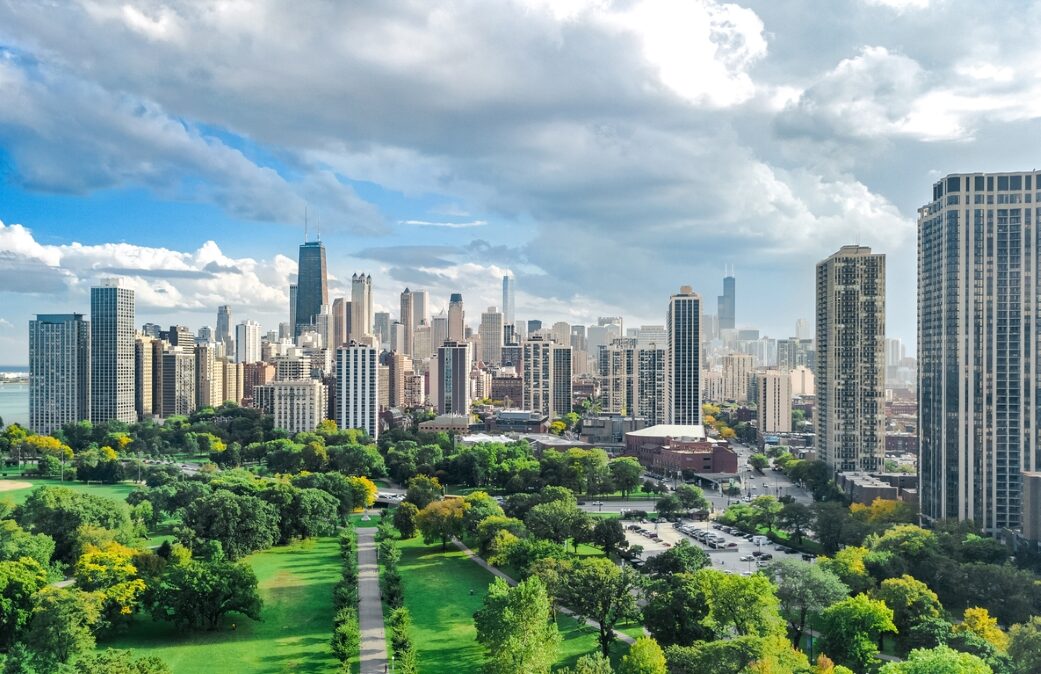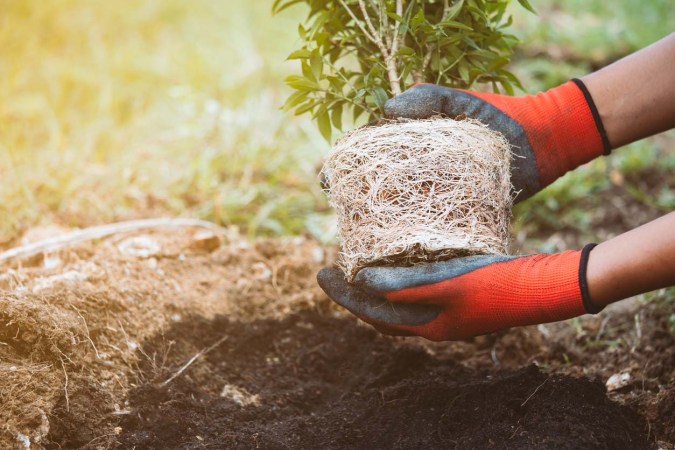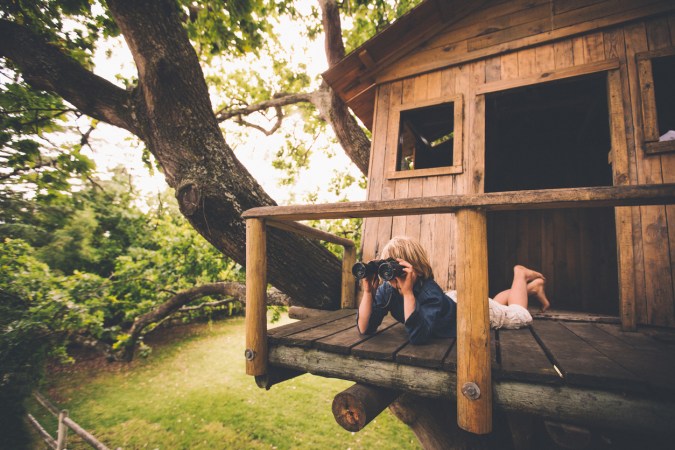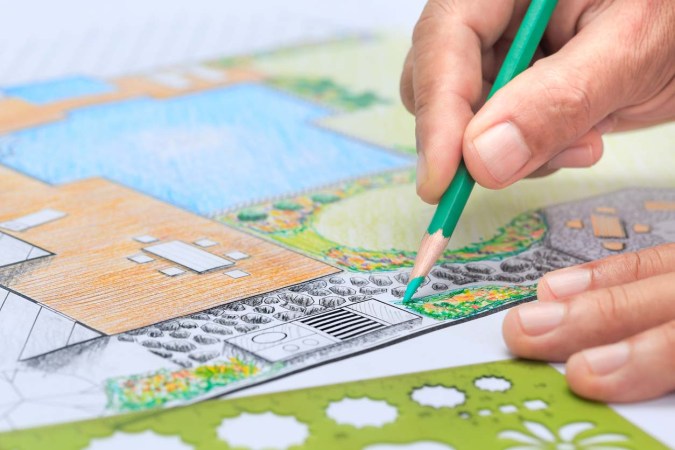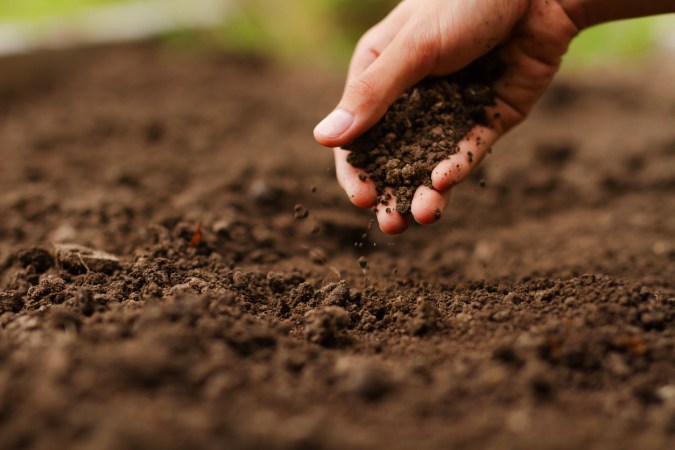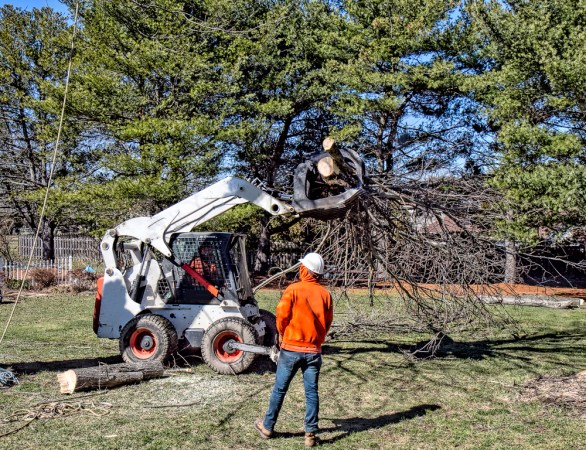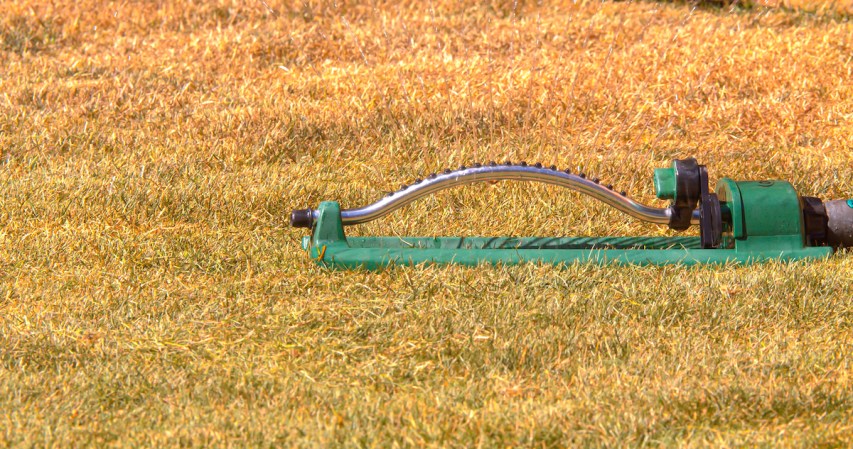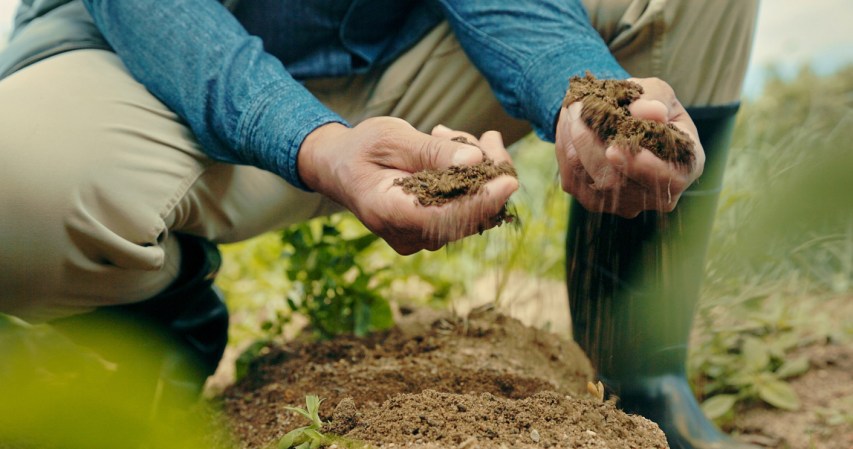We may earn revenue from the products available on this page and participate in affiliate programs. Learn More ›
Q: I recently read about tree equity in the infrastructure bill and the many tree benefits for communities. But some areas lack tree cover. What can we do to help improve tree equity and the number of trees in cities throughout the country?
A: Yes, tree equity is a hot topic as more research points out how the number of trees in a community often relates to the racial and socioeconomic background of the residents living there. Couple that with how trees can help manage the impacts of climate change and provide numerous health benefits, and more people now recognize the need to ensure that all communities have adequate tree covers.
This issue has become so important that it was included in the recent Inflation Reduction Act of 2022 that sets aside $1.5 billion ($150 million annually) in federal funding for planting trees in urban areas over the next 10 years. This gives local governments the chance to address tree equity and provide trees to more people, no matter their background or ZIP code. It also helps to cool cities and save lives as temperatures rise.
Tree equity ensures a balance of trees throughout all parts of a city.
According to the Tree Equity Score website, the term “tree equity” refers to the idea that there are “enough trees in specific neighborhoods or municipalities for everyone to experience the health, economic, and climate benefits that trees provide.” While many people might think that all neighborhoods have plenty of trees, it is unfortunately not the case.
When tree cover is mapped, it becomes clear that there are fewer trees in communities of color that are socioeconomically disadvantaged compared to urban forestry in wealthier, whiter neighborhoods. According to a study completed by American Forests, neighborhoods in which most residents are of color have 33 percent less tree canopy on average than majority white neighborhoods. Also, neighborhoods with the highest poverty rates have 41 percent less tree coverage than the wealthiest areas.
This pattern dates back to the 1930s, when racially discriminatory housing policies—referred to as redlining—were put into place. For decades, redlining limited access to home ownership for racial minorities, which led to a host of adverse social outcomes, including high unemployment rates and underinvestment in certain communities. This then led to less greenery yet more pavement in these areas, which is linked to warmer temperatures and adverse health effects. In fact, formerly redlined neighborhoods can experience temperatures up to 12 degrees Fahrenheit hotter than non-redlined neighborhoods in the same city on the same exact day.
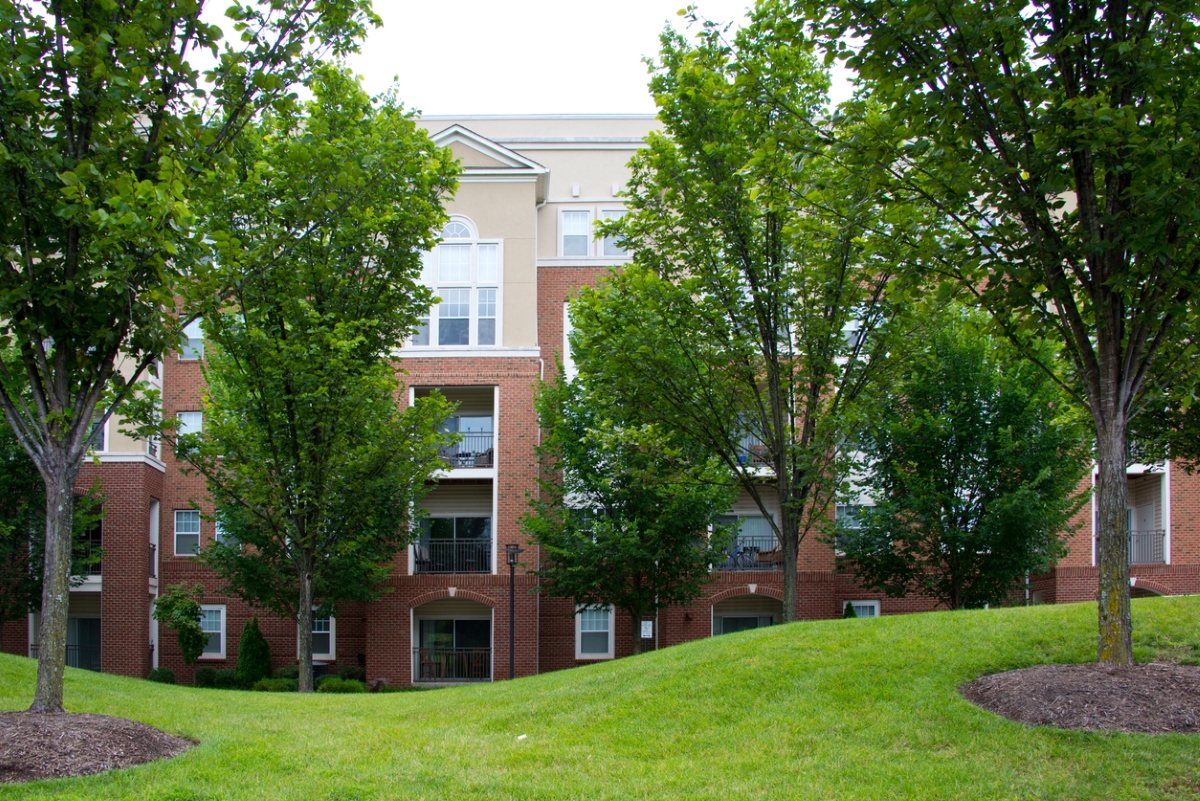
Urban forests provide many benefits to communities.
Urban forests consist of all types of trees that provide numerous benefits to the community, including improving air and water quality, boosting mental and physical health, addressing climate change, and enhancing the economy. With about 80 percent of the U.S. population living in urban areas, these benefits are far-reaching.
Clean the Air
Trees’ leaves help filter the air from harmful pollution like particulate matter so people can breathe easier. Most of this filtration happens within 100 feet of the tree. More trees near highways and factories can reduce health issues like asthma and heart disease.
Sequester Carbon
During photosynthesis, trees take carbon dioxide out of the air and convert it into oxygen, helping to reduce the main greenhouse gas that causes climate change. According to NC State University’s College of Natural Resources, one tree can absorb 48 pounds of carbon dioxide, which is the equivalent of driving a gas-powered car 50 miles. Urban forests as a whole can offset the climate pollution from 10 million cars.
Provide Wildlife Habitat
Trees provide critical habitat to all kinds of wildlife–such as birds, squirrels, opossums, lizards, and insects. This adds beauty and relaxation to communities and improves diversity of animal species.
RELATED: The Dos and Don’ts of Landscaping Around Trees
Reduce Urban Heat
With all the pavement absorbing heat, cities are experiencing days of extreme heat exposure at triple the rate of 40 years ago, and that is only expected to get worse with climate change. Fortunately, trees help shade and cool down communities through evapotranspiration in which leaves release water into the atmosphere. This reduced heat from a tree canopy not only improves people’s health, it also lowers energy bills when trees shade homes.
Filter Water
Trees effectively store and filter water, removing pollutants and sediments from rainfall before releasing the water back into waterways and aquifers. Because of this process, drinking water is cleaner and more reliable.
Decrease Runoff
Trees also reduce runoff by taking up water through their roots, which helps to both clean the water and reduce flooding. Reducing runoff from nonporous surfaces like pavement also helps restore groundwater.
Boost Mental Health
It is very simple: plenty of research shows that trees help make people feel happier and calmer. Trees produce oxygen, which invigorates people; their green color is known to be particularly calming. According to the New York State Department of Environmental Conservation, simply looking at trees reduces stress-related hormones, so there is no arguing that trees bring tranquility to those fortunate enough to be in their presence. They also provide places for outdoor recreation and where community members can gather to socialize, which are also important to well-being.
Promote Active Lifestyles
Interestingly, people tend to be more active when living close to urban forests, which improves their physical and mental health. Aside from the call of nature’s beauty, trees provide shade to cool off in and many urban forests have walking or running paths.
Increase Property Value
With all that trees offer to the ecosystem and human health and happiness, they also help increase property value. According to one study, a tree planted in a front yard can increase a home’s sale price by $7,130 and raise the prices of surrounding homes.
Create Jobs
Thriving urban forests often result in higher incomes, more jobs, and higher productivity of workers. Research shows that for every dollar invested in urban forests, nearly $2 were spent in the economy, and a $1 million investment in urban forests led to 23 full-time jobs for the surrounding community.
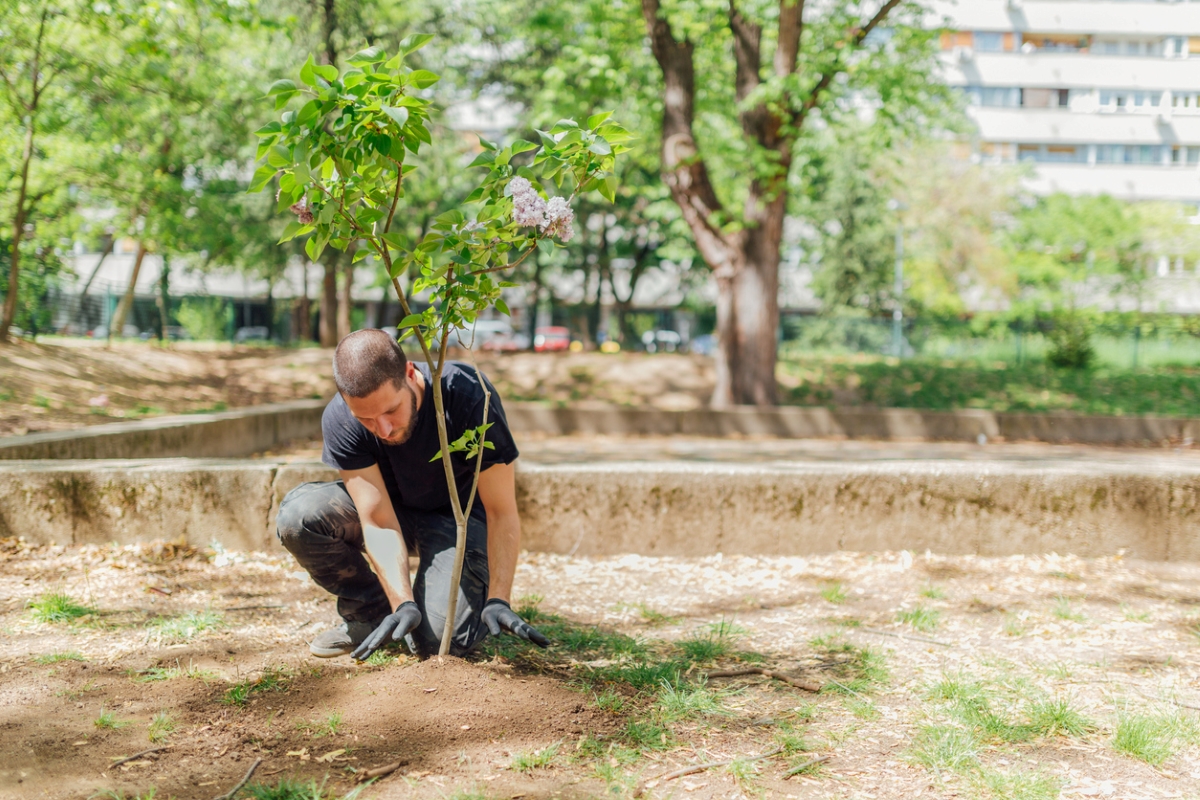
What is a tree equity score?
A key way to address tree equity is to assess specific regions using a Tree Equity Score. This free tool, created by American Forests, calculates a score for 150,000 neighborhoods and 486 municipalities in urbanized areas across the United States. It looks at a neighborhood’s existing tree canopy, population density, income, employment, surface temperature, race, age, and health to come up with a single score between 0 and 100. A score of 100 means that a neighborhood has achieved tree equity.
Essentially, the score indicates whether there are enough trees in a neighborhood to reap the economic, health, and climate benefits that trees provide. The score can be used by neighborhood organizations, government agencies, and other community leaders to make effective decisions about funding, city planning, forestry programs, and more to boost tree cover in much-needed areas.
7 Ways to Help Improve Tree Equity in Your Neighborhood
Ensuring that all residents have sufficient and fair tree cover is critical to their health and happiness. Whether someone wants to improve tree equity in their own neighborhood or help residents in another part of their city, there are several ways to make a difference to guarantee that more people experience the incredible benefits of living among trees. Here are seven ways to help improve tree equity:
- Advocate for policies that increase urban forests with a focus on neighborhoods that lack tree equity.
- Support local and national groups that plant trees, such as One Tree Planted, Arbor Day Foundation, and TreePeople.
- Organize a tree planting or start a local organization like Community Greening in Florida, which transforms urban green spaces by planting trees.
- Educate others about tree equity meaning and the Tree Equity Score map, such as by writing a letter to the editor of the local newspaper or speaking at a local city council meeting.
- Help local communities acquire grant funding available to plant more trees by monitoring Grants.gov and GrantWatch.
- Learn which trees are best for the area and when it is the best time to plant them. Let local officials know so the tree planting initiative can be as successful as possible.
- Donate to local organizations that plant trees to help defray the cost of tree planting.
RELATED: How NOT to Plant a Tree on Arbor Day

